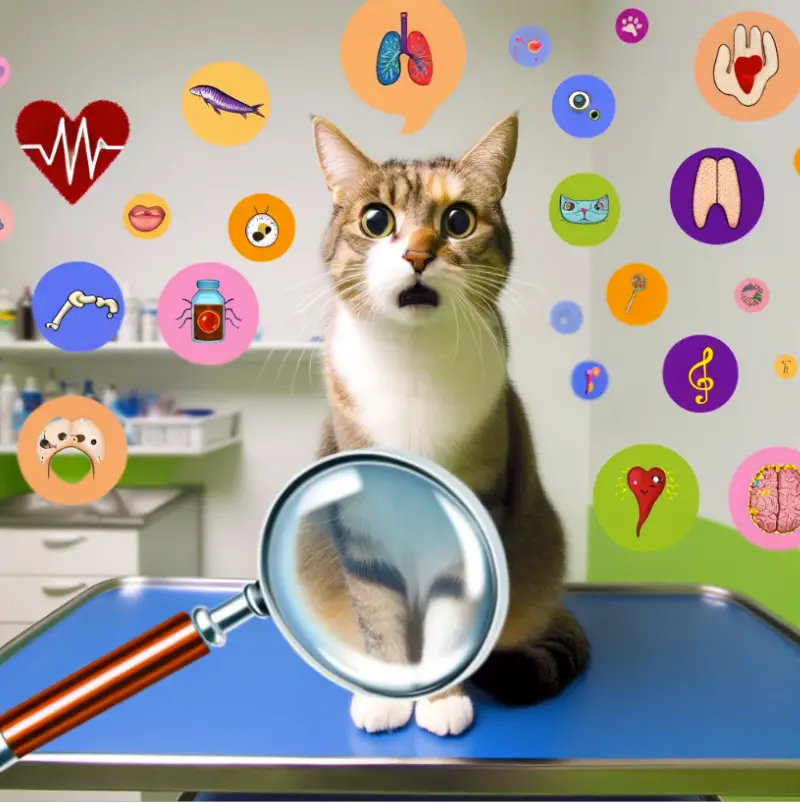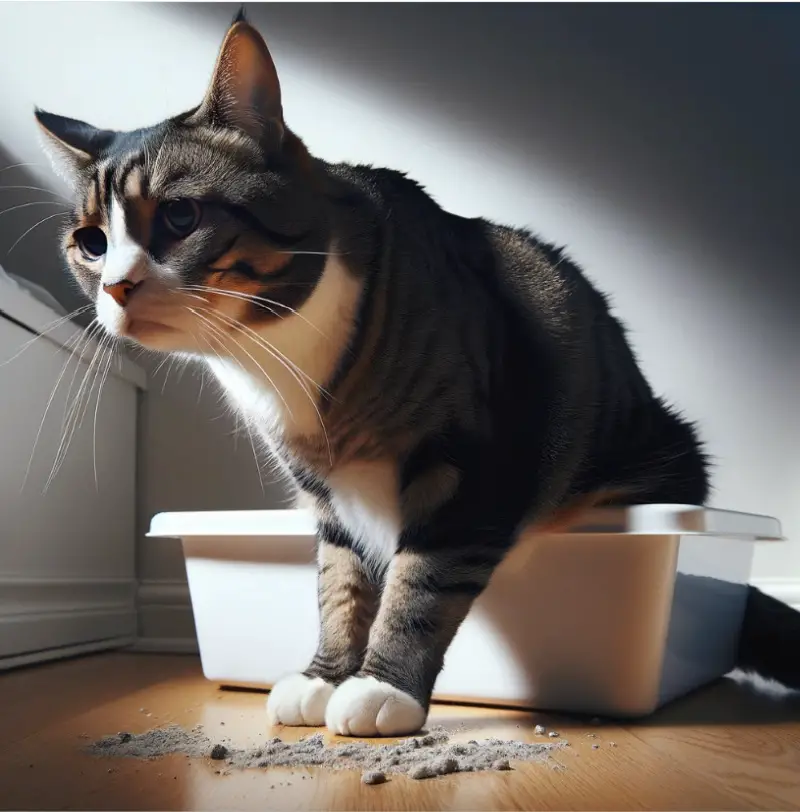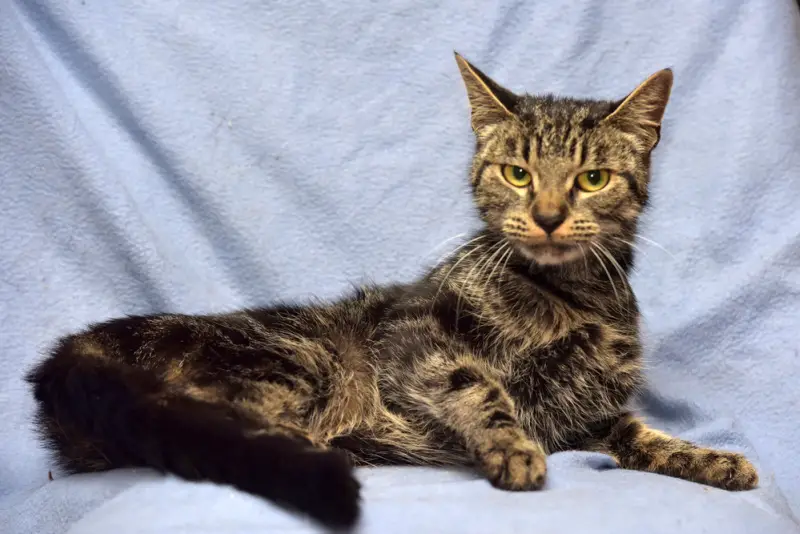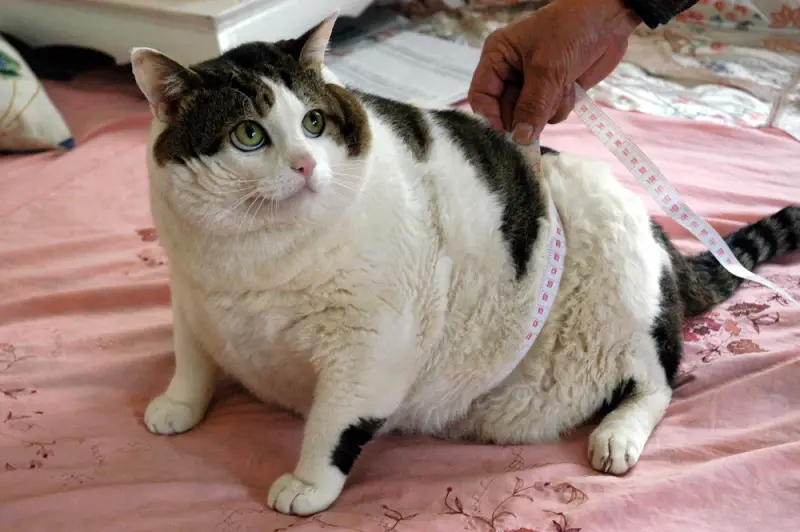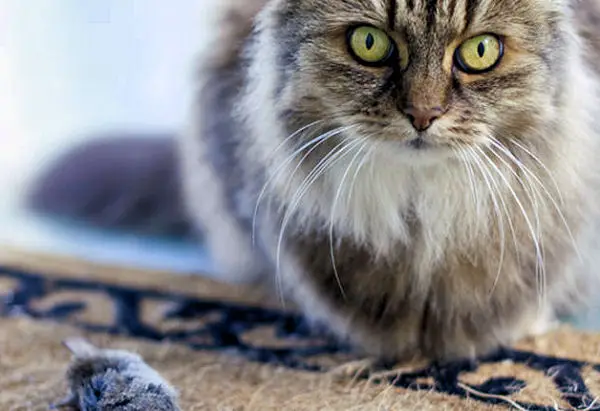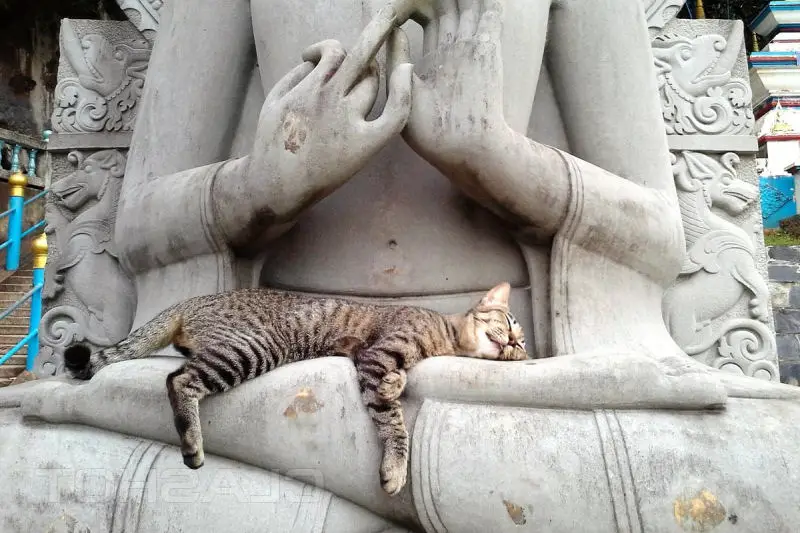Cats being such cherished members of our families, bring great joy and companionship into our lives. However, like all pets, cats are susceptible to various health issues that can impact their well-being. As responsible pet owners, it’s important to be aware of the common illnesses that can affect our cats and to recognize the signs and symptoms early on.
Regular veterinary care is not just important, but essential for maintaining the health and well-being of your feline companion. Here are the top 10 cat illnesses, their warning signs, and what you can do to help keep your feline friend healthy and happy.
1. Urinary Tract Infections (UTIs)
Urinary tract infections are among the most common health issues in cats, affecting both male and female felines of all ages. These infections can cause discomfort and pain, leading to symptoms such as frequent urination, straining to urinate, blood in the urine, and urinating outside the litter box. Cats with UTIs may also exhibit signs of distress while in the litter box, such as crying or vocalizing.
2. Feline Lower Urinary Tract Disease (FLUTD)
FLUTD encompasses a group of conditions affecting the bladder and urethra in cats. Symptoms of FLUTD include difficulty or pain while urinating, frequent urination, blood in the urine, licking around the urinary opening excessively, and urinating outside the litter box. In severe cases, FLUTD can lead to urinary blockages, which require immediate veterinary attention.
3. Gastrointestinal Issues
Cats can experience a range of gastrointestinal problems, including vomiting, diarrhea, constipation, loss of appetite, and abdominal discomfort or bloating. These issues can be caused by various factors, including dietary indiscretion, infections, parasites, or underlying medical conditions. Persistent or severe gastrointestinal symptoms should prompt a visit to the veterinarian for proper diagnosis and treatment.
4. Dental Disease
Dental problems are prevalent in cats, often resulting from a lack of dental care and poor oral hygiene. Signs of dental disease include bad breath, drooling, difficulty eating, pawing at the mouth, and inflamed gums. Untreated dental issues can lead to pain, infection, and tooth loss, so it’s essential to prioritize your cat’s dental health with regular brushing and professional cleanings.
5. Feline Infectious Peritonitis (FIP)
FIP is a viral disease caused by a coronavirus that primarily affects young cats and those with weakened immune systems. Symptoms of FIP can vary widely but may include fever, lethargy, weight loss, difficulty breathing, abdominal swelling, and neurological signs. Unfortunately, FIP is often fatal, and there is currently no cure. Vaccination and good hygiene practices can help reduce the risk of FIP in multi-cat households.
6. Feline Leukemia Virus (FeLV) and Feline Immunodeficiency Virus (FIV)
FeLV and FIV are contagious viruses that weaken the immune system and increase the risk of other infections and diseases. Cats infected with FeLV or FIV may show signs such as weight loss, fever, lethargy, loss of appetite, diarrhea, and respiratory infections. While there is no cure for FeLV or FIV, supportive care and management can help affected cats live longer, healthier lives.
7. Upper Respiratory Infections (URIs)
Upper respiratory infections are common in cats, especially those living in crowded or stressful environments. Symptoms of URIs include sneezing, coughing, nasal discharge, congestion, fever, loss of appetite, and lethargy. Most URIs are viral in nature and require supportive care, but severe cases may warrant antibiotics to prevent secondary bacterial infections.
8. Hyperthyroidism
Hyperthyroidism is a hormonal disorder that occurs when the thyroid gland produces excessive amounts of thyroid hormone. Symptoms of hyperthyroidism in cats may include weight loss despite an increased appetite, increased thirst, increased urination, vomiting, diarrhea, and hyperactivity. Treatment options for hyperthyroidism include medication, dietary management, radioactive iodine therapy, or surgical removal of the thyroid gland.
9. Diabetes Mellitus
Diabetes mellitus is a metabolic disorder characterized by high blood sugar levels due to insufficient insulin production or insulin resistance. Symptoms of diabetes in cats include increased thirst, increased urination, weight loss despite increased appetite, lethargy, weakness, and urinary tract infections. Management of feline diabetes typically involves insulin therapy, dietary changes, and weight management.
10. Obesity
Obesity is a common health problem in cats, often resulting from overfeeding, lack of exercise, and metabolic factors. Symptoms of obesity may include weight gain, difficulty grooming, reluctance to move or play, respiratory issues, and joint problems. Obesity increases the risk of other health issues such as diabetes, arthritis, and heart disease, so it’s essential to monitor your cat’s weight and ensure they maintain a healthy lifestyle.
Summary
As pet owners, it’s our responsibility to prioritize the health and well-being of our feline companions. By familiarizing ourselves with the signs and symptoms of common cat illnesses and seeking prompt veterinary care when needed, we can help ensure our cats live long, happy, and healthy lives. Additionally, preventive measures such as regular veterinary check-ups, vaccination, parasite control, proper nutrition, and environmental enrichment can help reduce the risk of illness and promote overall wellness in our beloved feline friends.
Be sure to check out our post called: Nine Lives, One Lifetime: 5 Tips to Extending Your Cat’s Lifespan.
